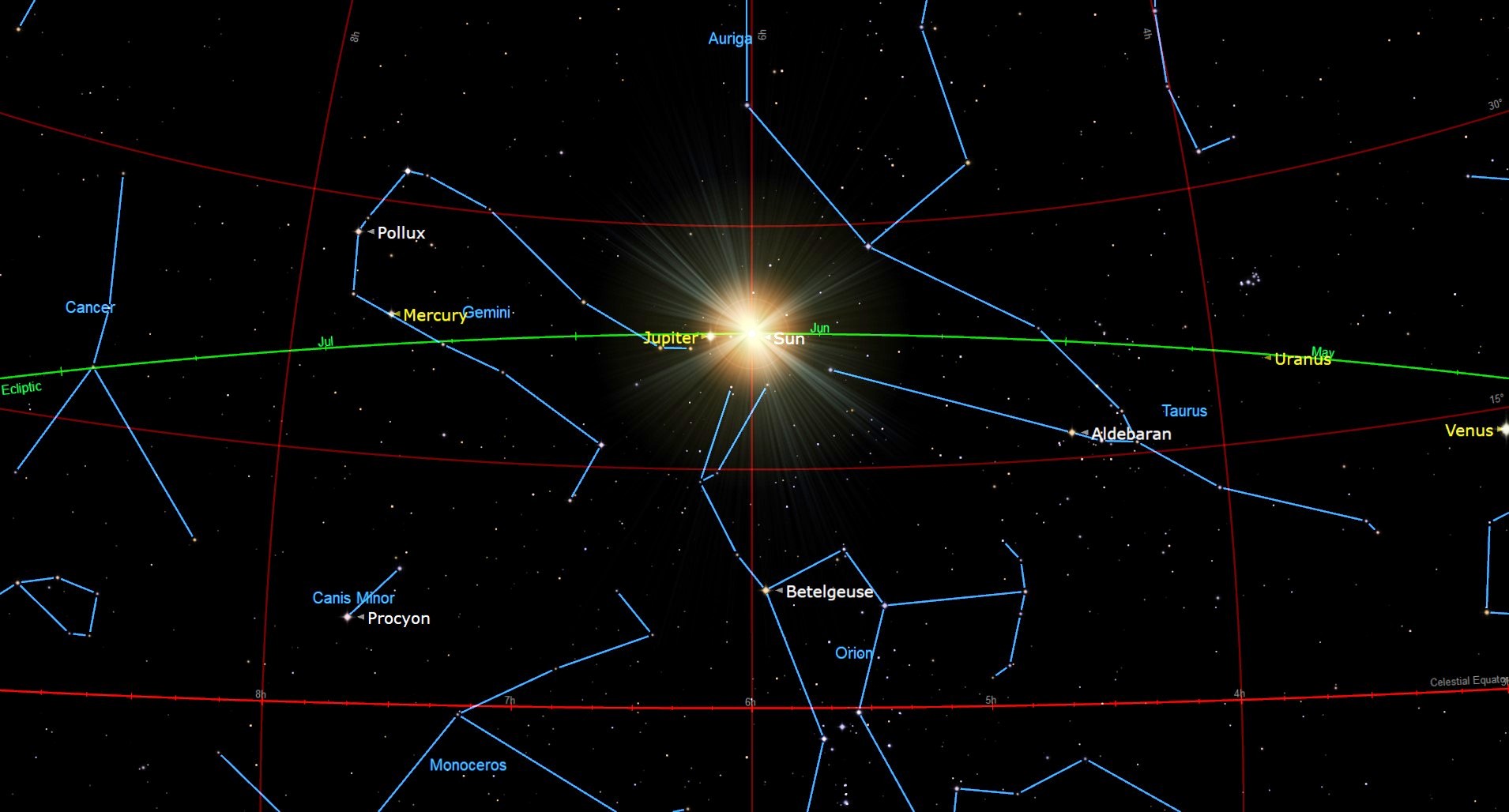In Photos: Einstein's 1919 Solar Eclipse Experiment Tests General Relativity
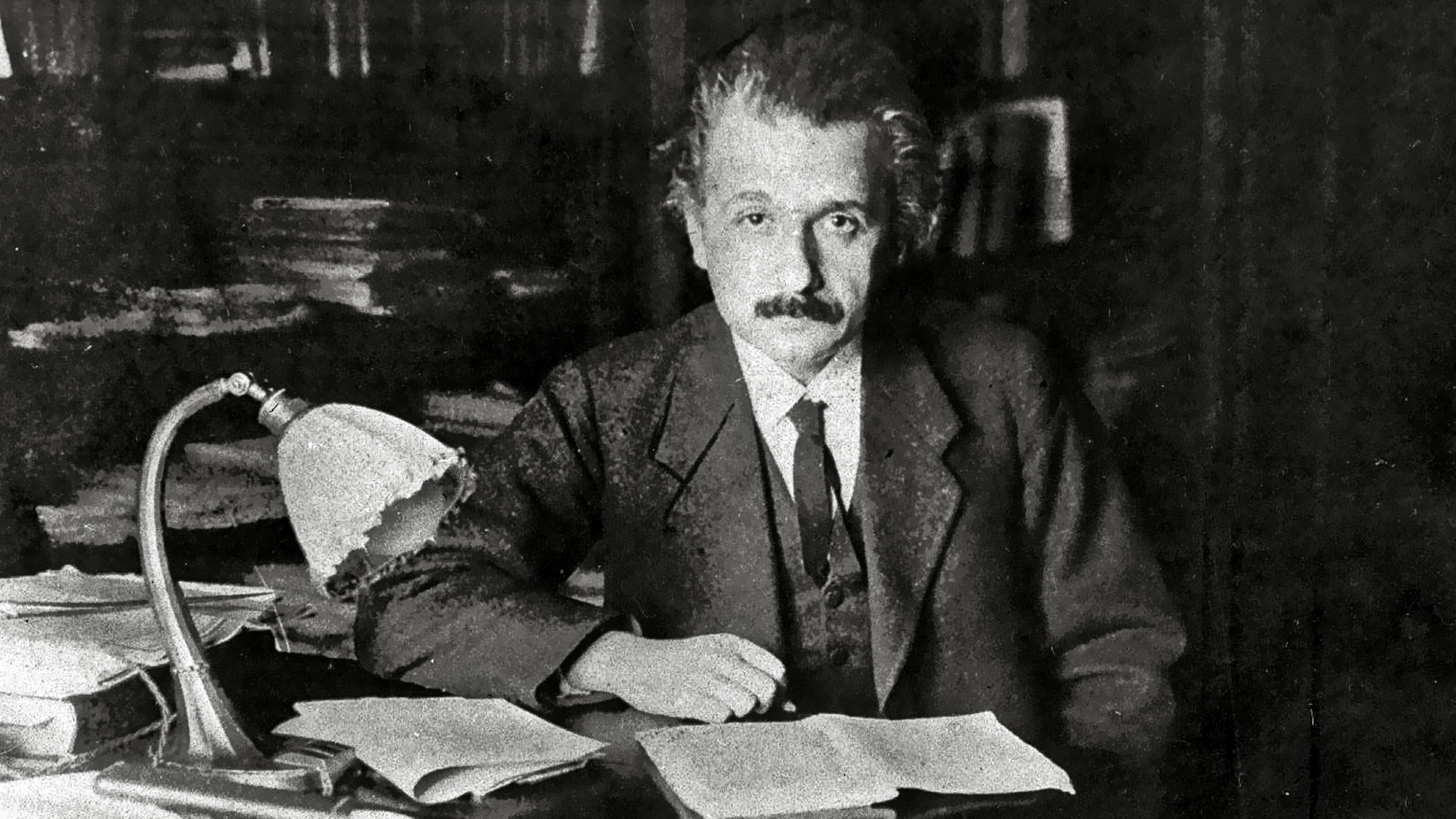
Albert Einstein's theory of general relativity, published in 1915, implied that because of the way space and time are interconnected, light's path would bend when it passed by massive objects. In 1919, scientists had the chance to test the theory's predictions — with the help of a total solar eclipse. Here, Albert Einstein sits in his Berlin, Germany study in 1919, at the age of 40.
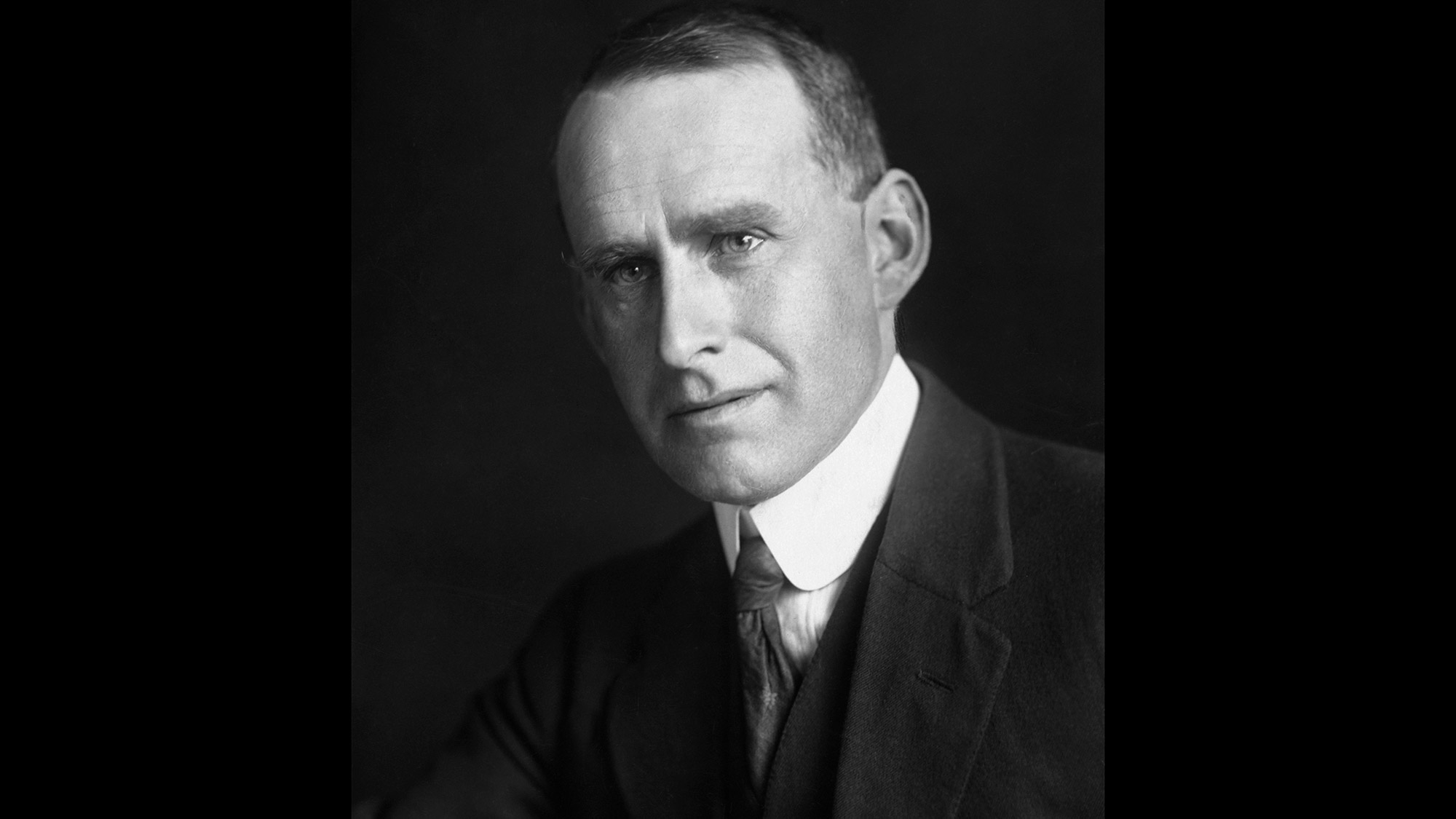
Sir Arthur Stanley Eddington, whose 1919 expedition to measure a total solar eclipse helped confirm Einstein's theory of relativity. Eddington measured stars during the eclipse from Príncipe, an island off the coast of West Africa, while another team of astronomers took observations from the Brazilian town Sobral. Combining those results led to the decisive measurements confirming the theory.
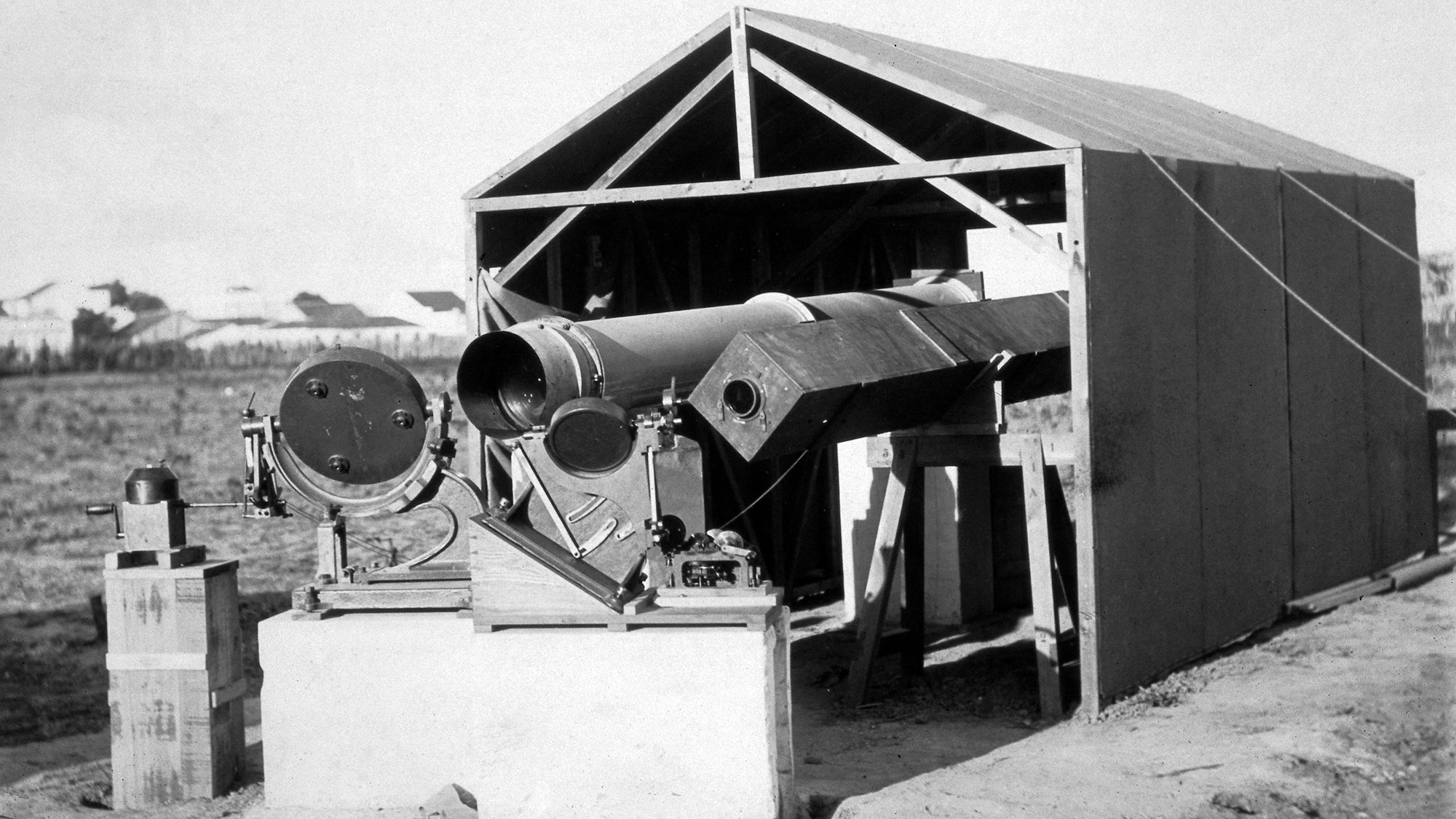
A photograph of the scientists' setup to measure the May 29, 1919 total solar eclipse from Sobral, Brazil. Two heliostats with moveable mirrors directed images of the sun into two horizontal telescopes.
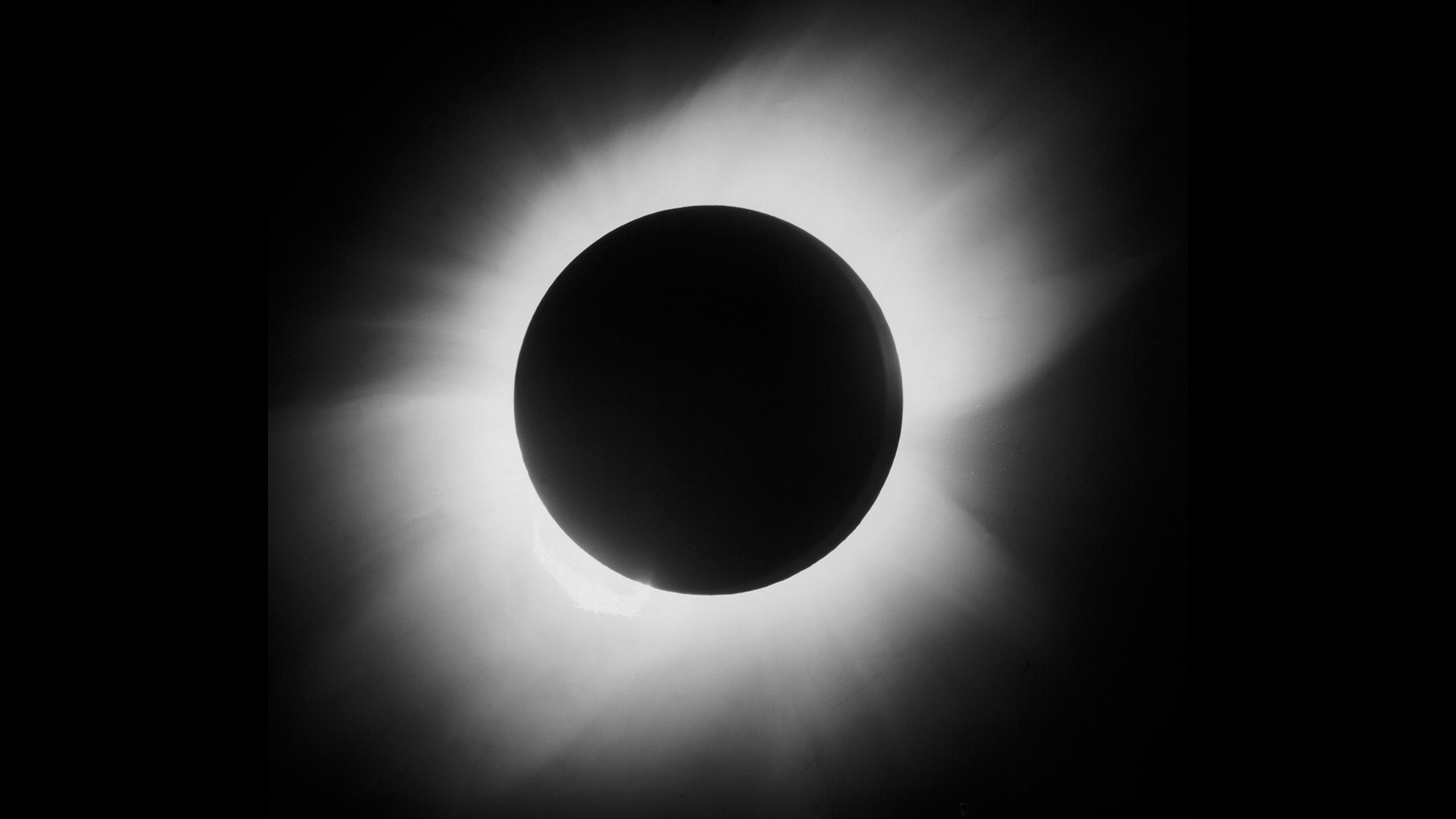
A glass positive photograph taken of the sun's corona from Sobral, Brazil during the May 29, 1919 total solar eclipse.
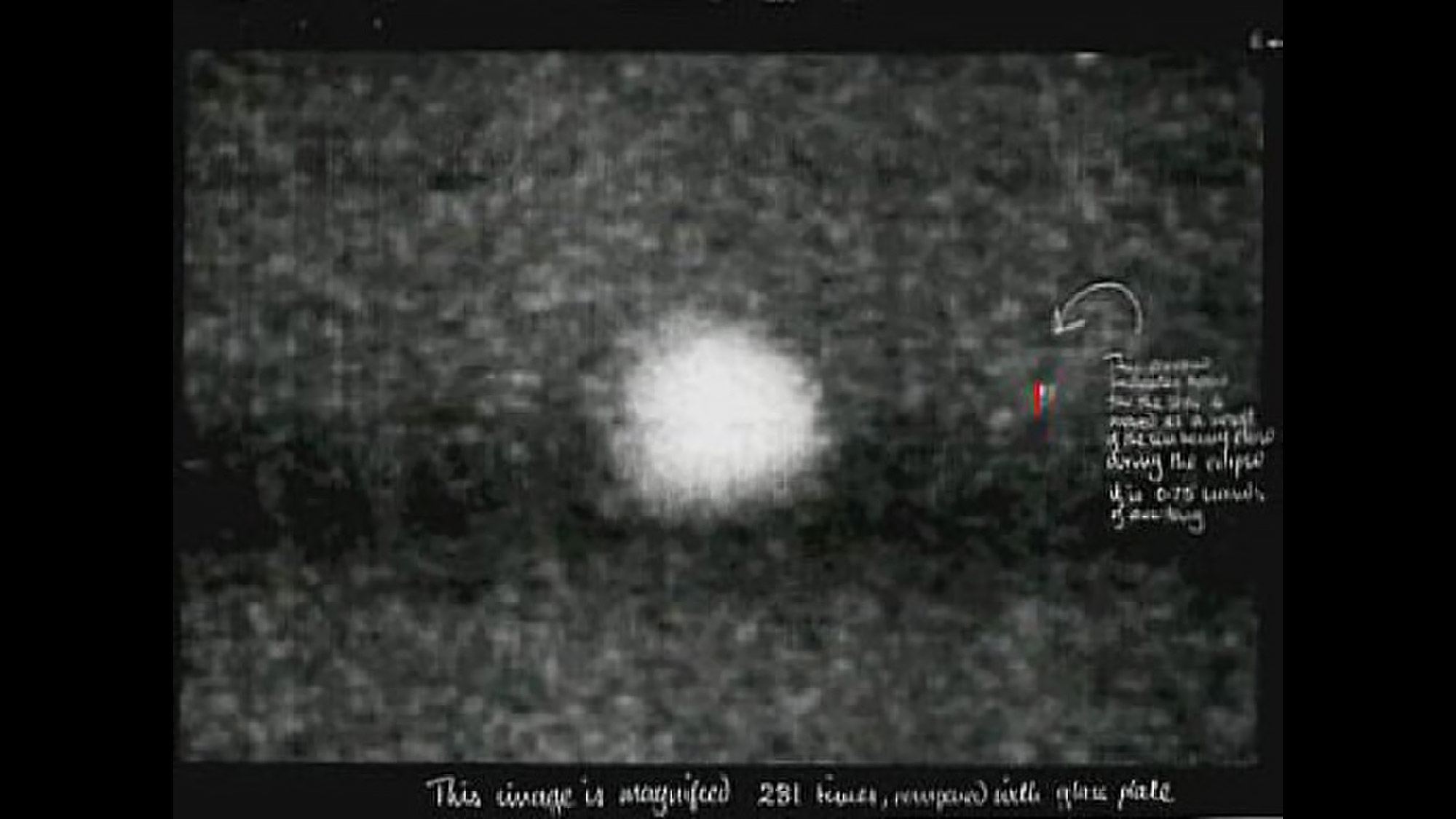
One of the stars measured during the 1919 total solar eclipse whose movement confirmed Einstein's theory of relativity. Without the sun's gravitational interference, the star should have appeared at the red dot in the image.
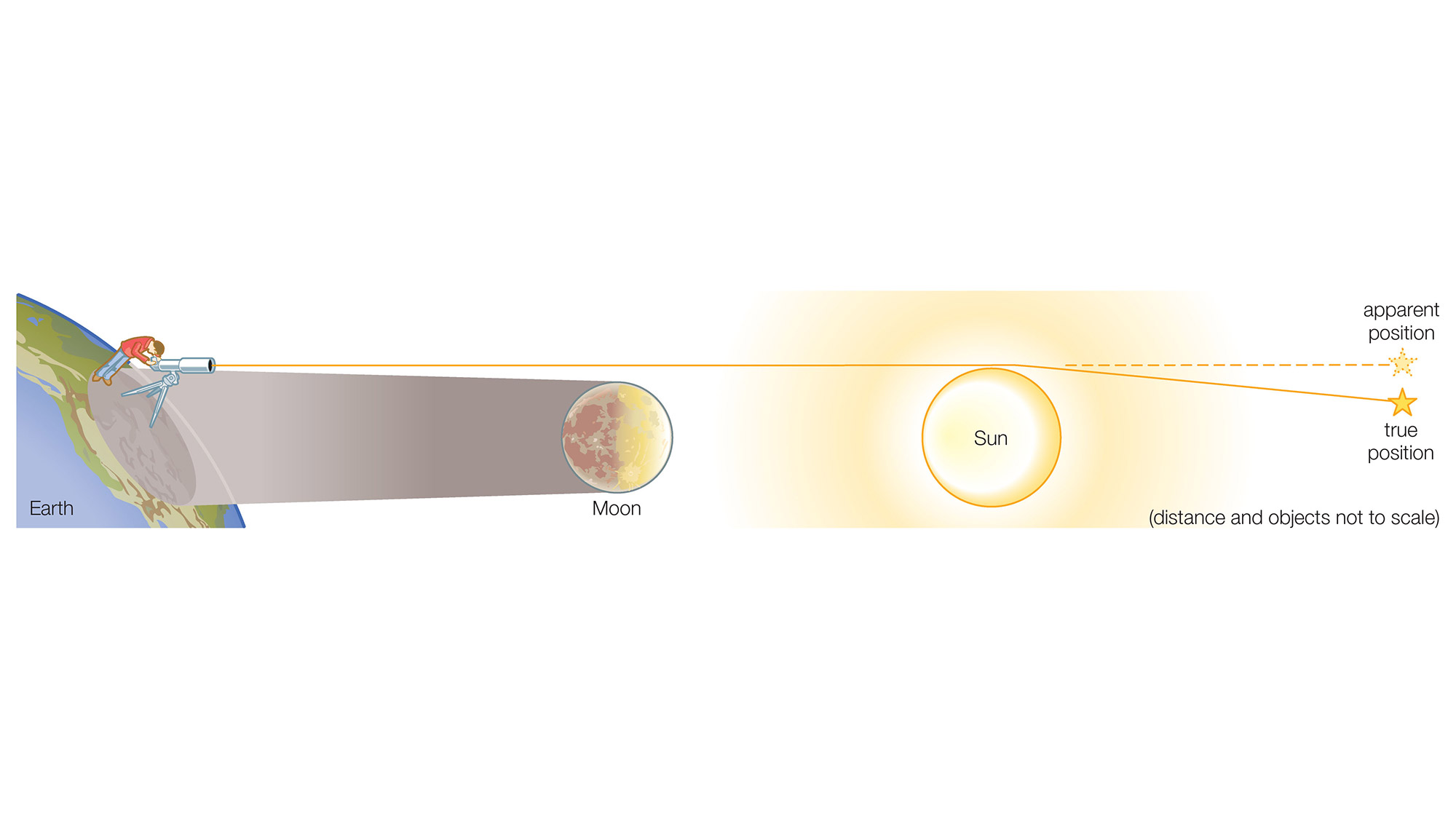
Researchers measured how stars' light bent around the sun during the 1919 total solar eclipse; the precise amount it bent offered additional confirmation of Einstin's calculations.
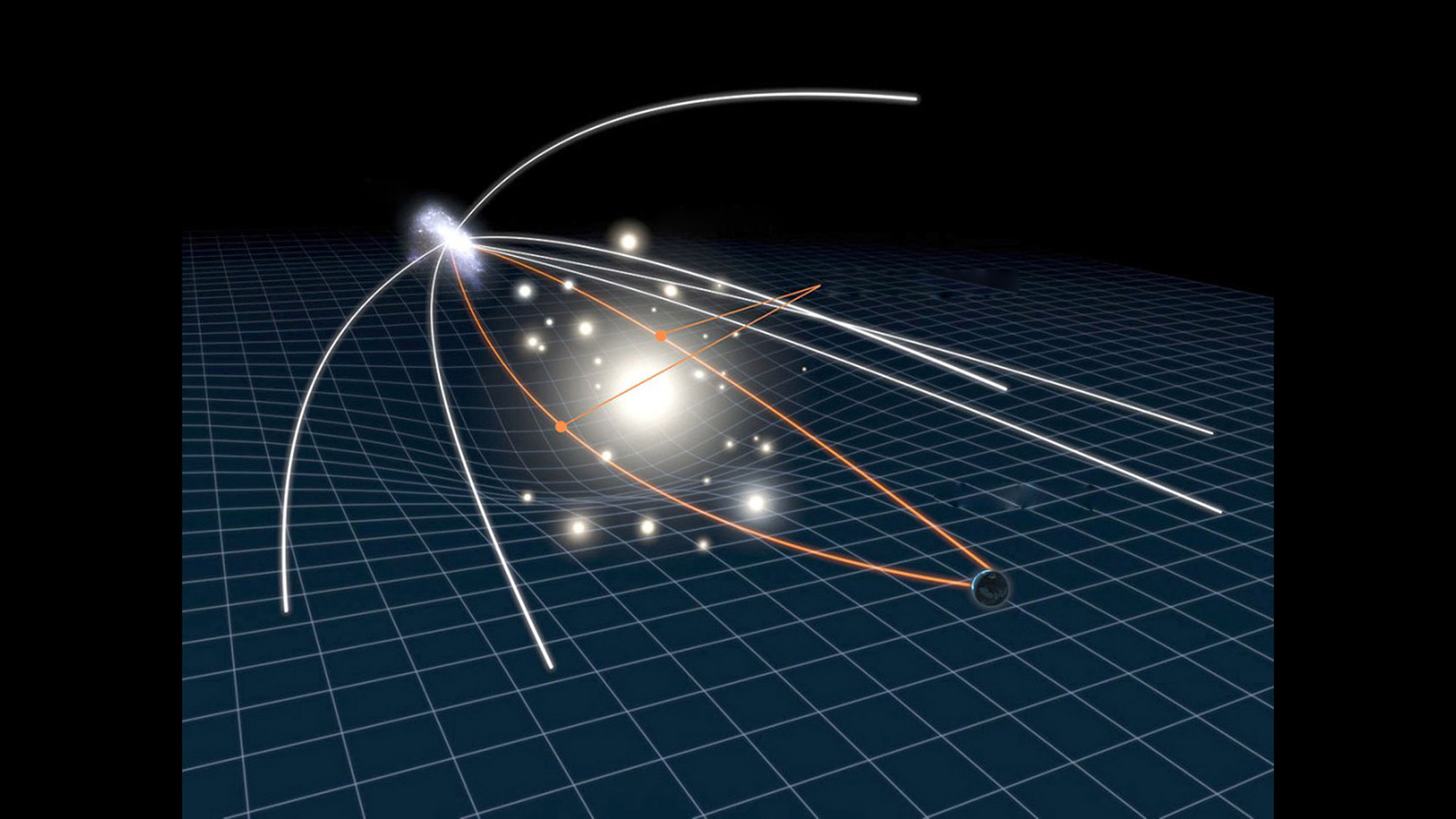
The phenomenon that bent light around the sun during the 1919 total solar eclipse, called weak lensing, is used today to measure the amount of dark matter in foreground galaxies by measuring how much they bend light passing by from background objects.
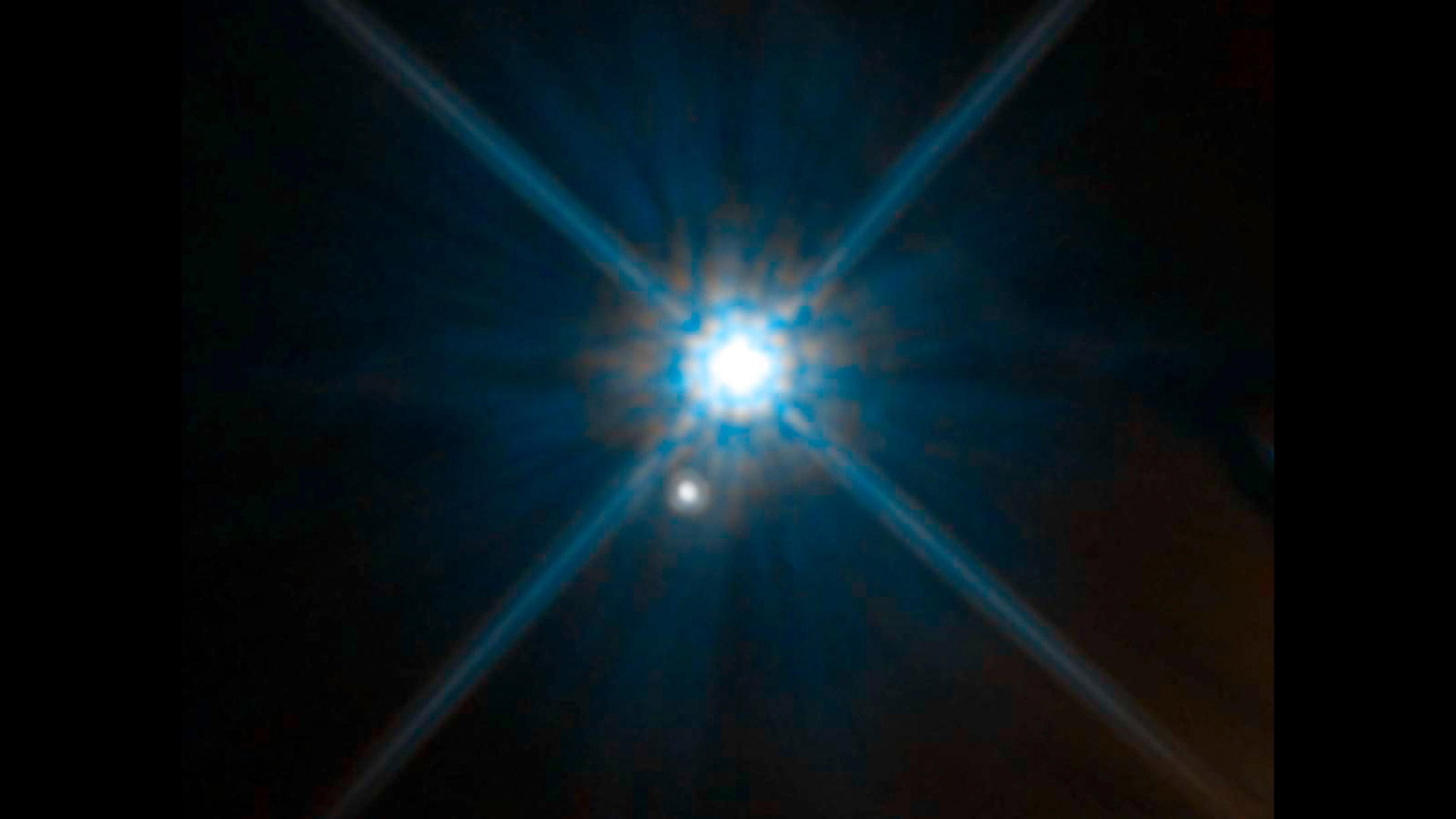
The Hubble Space Telescope captured this image of the white dwarf star Stein 2051b, at center, which is 17 light-years from Earth. The smaller star below is 5000 light-years from Earth, and astronomers observed its position change slightly over the course of two years when Stein 2051B passed in front of it from Earth's perspective.
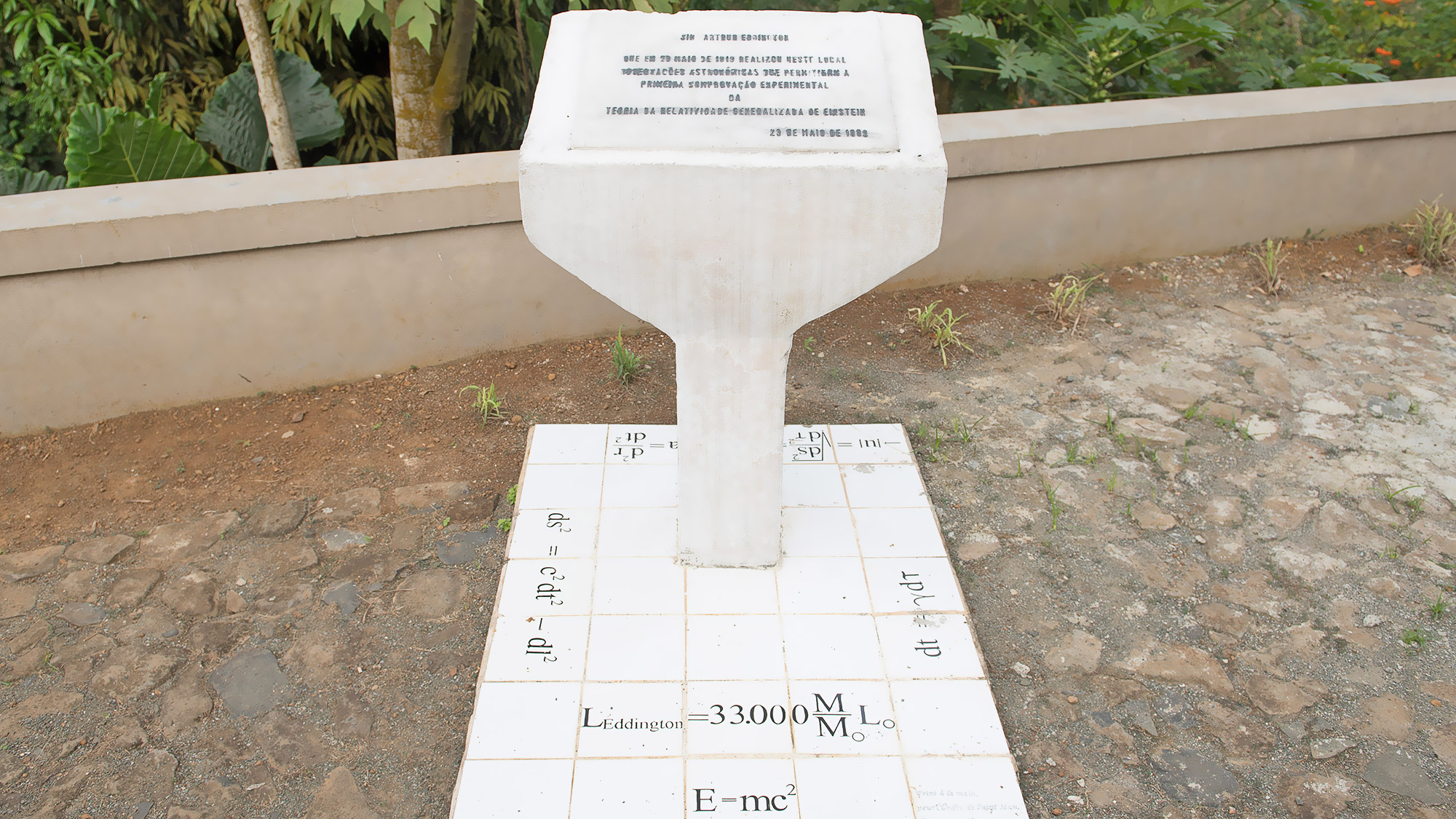
A plaque honoring Arthur Eddington, whose measurements verified Einstein's theory of general relativity.

Sarah Lewin started writing for Space.com in June of 2015 as a Staff Writer and became Associate Editor in 2019 . Her work has been featured by Scientific American, IEEE Spectrum, Quanta Magazine, Wired, The Scientist, Science Friday and WGBH's Inside NOVA. Sarah has an MA from NYU's Science, Health and Environmental Reporting Program and an AB in mathematics from Brown University. When not writing, reading or thinking about space, Sarah enjoys musical theatre and mathematical papercraft. She is currently Assistant News Editor at Scientific American. You can follow her on Twitter @SarahExplains.
